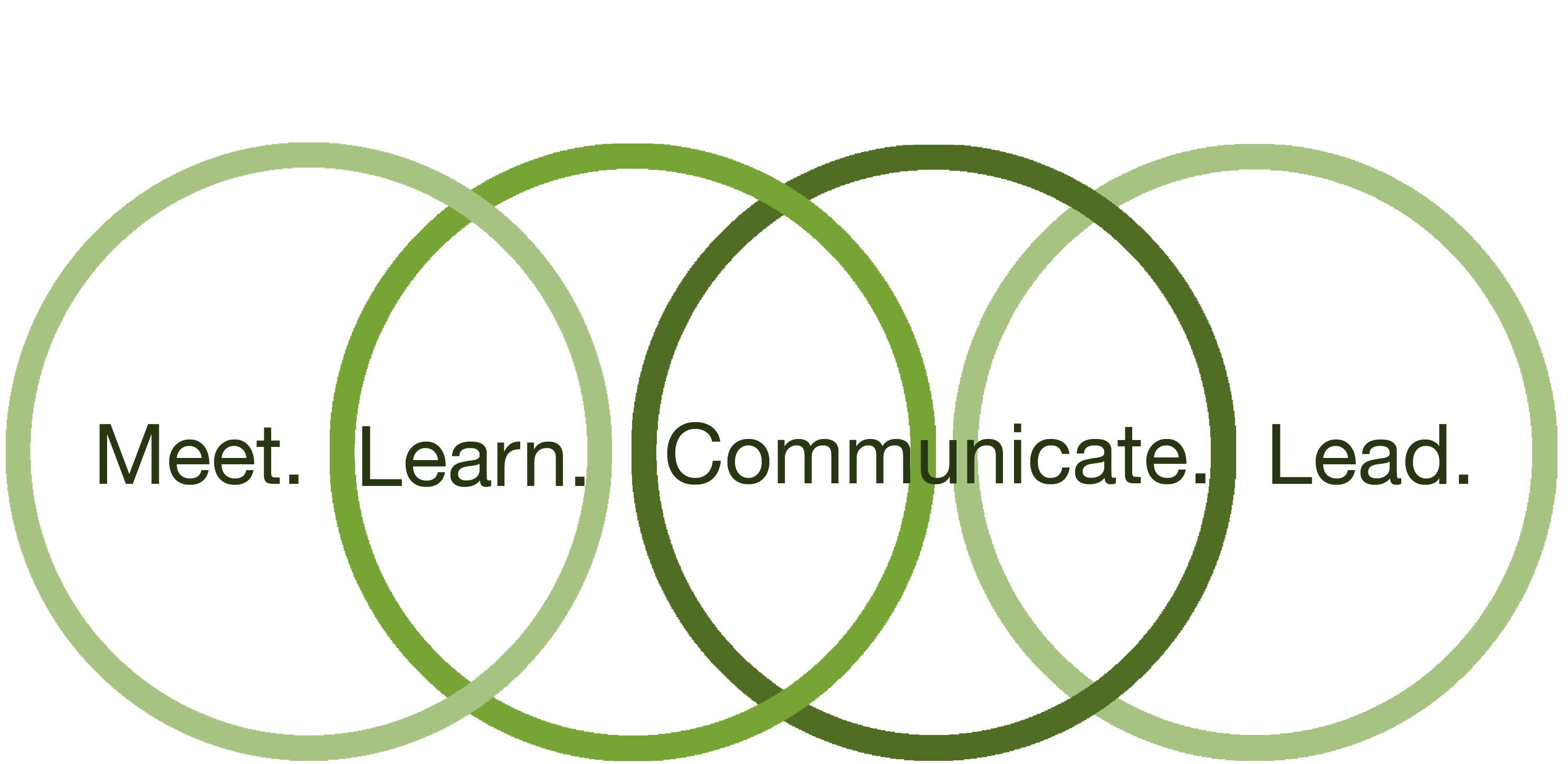You know you're an effective meeting facilitator and participant so why do you feel dissatisfied or even frustrated when you finish your virtual meetings?
Consider a face to face meeting that you might attend. The facilitator sets up the meeting, chooses an appropriate room and ensures that the necessary amenities are available (flip charts, whiteboard, markers, projector, computer, handouts, etc.). All you need to do is walk to the appointed room at the right time, sit down and be willing to have information passively fed to you through visual support (handouts or projector), verbal means and body language. And, in return you provide information to the speaker and other participants in the same way, often subconsciously. (Note: tone of voice and body language can account for 93% of what you absorb in a face-to-face meeting with only 7% coming from the words you hear.)
Now consider a virtual meeting. The facilitator appoints the time and tool to be used. You must ensure you have the tool installed and working prior to the meeting, ideally with a toll free phone number for your area and a webcam available with reasonably good lighting. Ideally, during the meeting you actively view webcam footage for body language, listen carefully to intonation, watch the chat window for information shared by participants, and provide your own visual, verbal and textual feedback in a way that can be interpreted usefully by the other participants.
In other words, in a virtual setting there is a shared accountability for the basic success of the interaction that isn't required in the same way during a face-to-face interaction. And yet, in my experience, people often feel less accountable for their behaviour when they're in a virtual situation. "If I don't turn on my webcam then no one can tell that I'm checking my email rather than paying attention to the conversation at hand." It is this mindset that makes many virtual interactions ineffective.
That is not to say that participants are purposely disrespectful or intentionally ignore their accountability in virtual situations. It is so ingrained in us to just show up at the meeting, sit down in a chair and be passively fed information that many people don't consider that you must behave differently (actively) in a virtual setting in order to be effective.
How you interact in a virtual setting differs from a face-to-face setting even when trying to achieve the same result. Despite the fact that virtual is becoming more and more common, the truth is that most people aren't taking the time to consider that virtual is different nor are they learning how to be successful in a virtual setting.
Here are some first steps for increasing shared accountability in virtual situations.
Discuss the success of your past virtual interactions with other participants. Uncover what's working and what's not.
Communicate the concept of shared accountability with your colleagues and discuss how shared accountability might address what's not working and support what is working
Collaborate with your colleagues to create a set of expectations around virtual interactions that everyone can agree to and uphold.
Encourage everyone to be a role model for shared accountability regardless of their role in the interactions.
Virtually giving people the 'steely eye' likely won't encourage participation no matter how much you glare into your webcam, it just doesn't have the same impact. If you want people to participate and have an effective meeting then they need to take as much accountability for its success as you do.
Are you a role model for virtual success?
My next topic: How to deal with time zone differences
